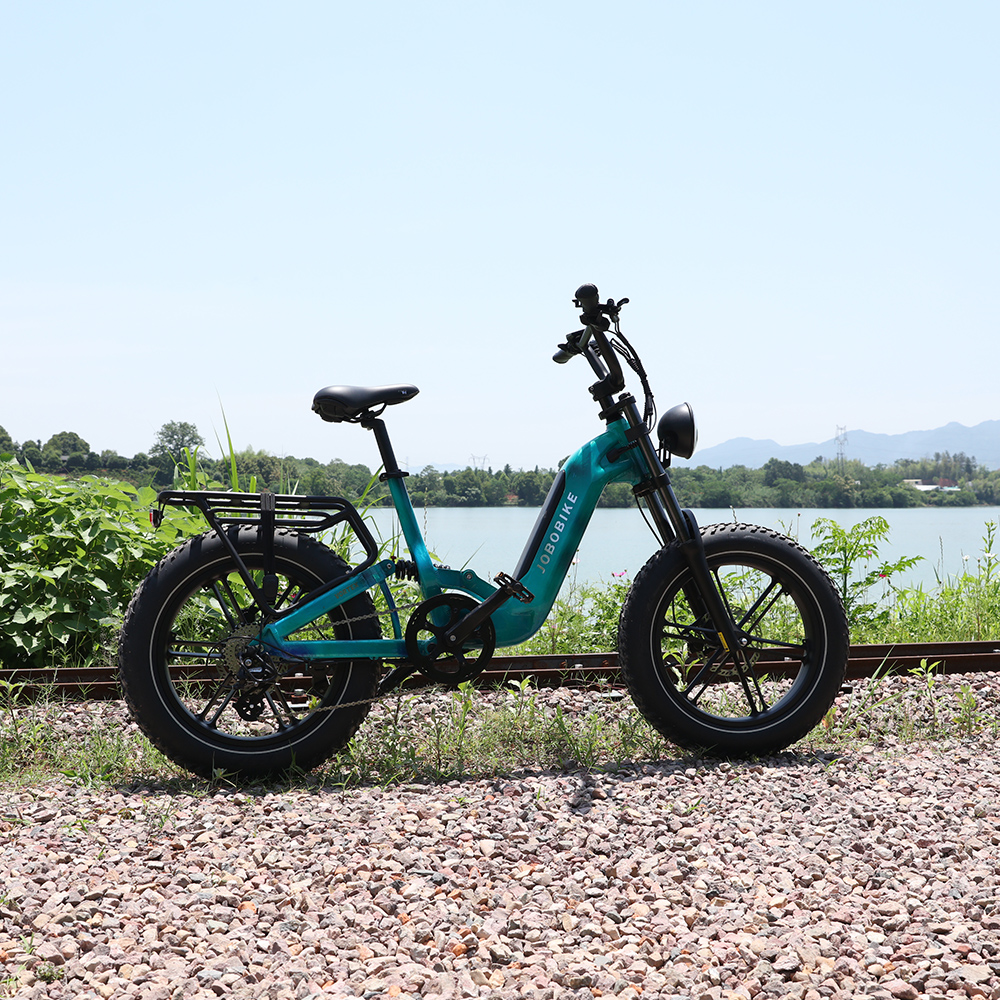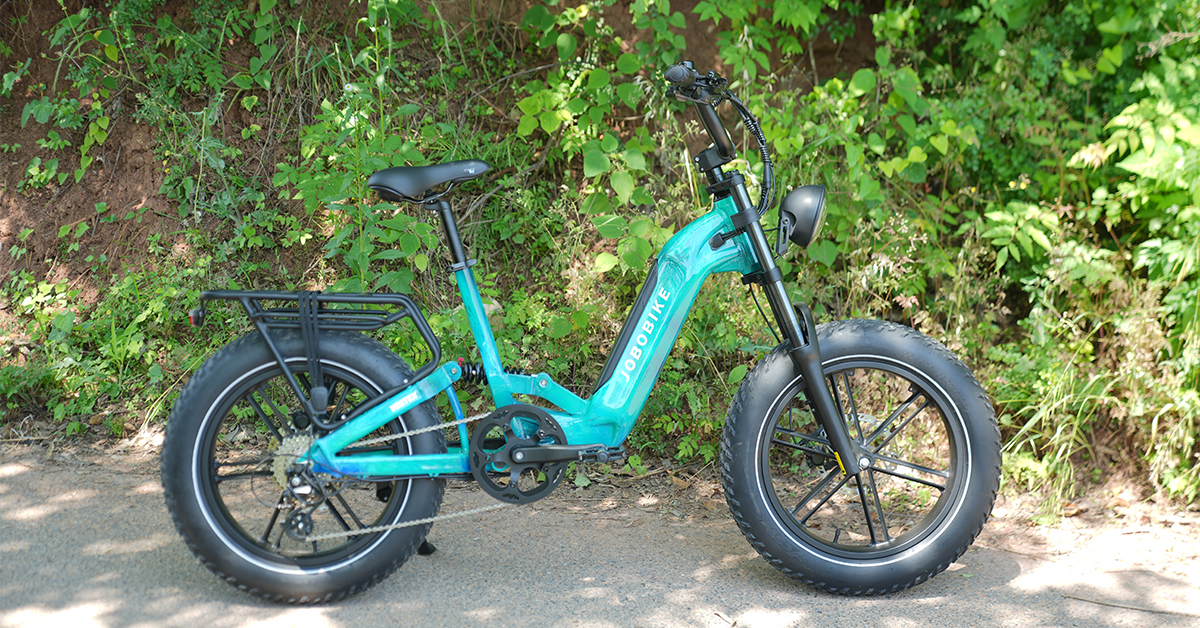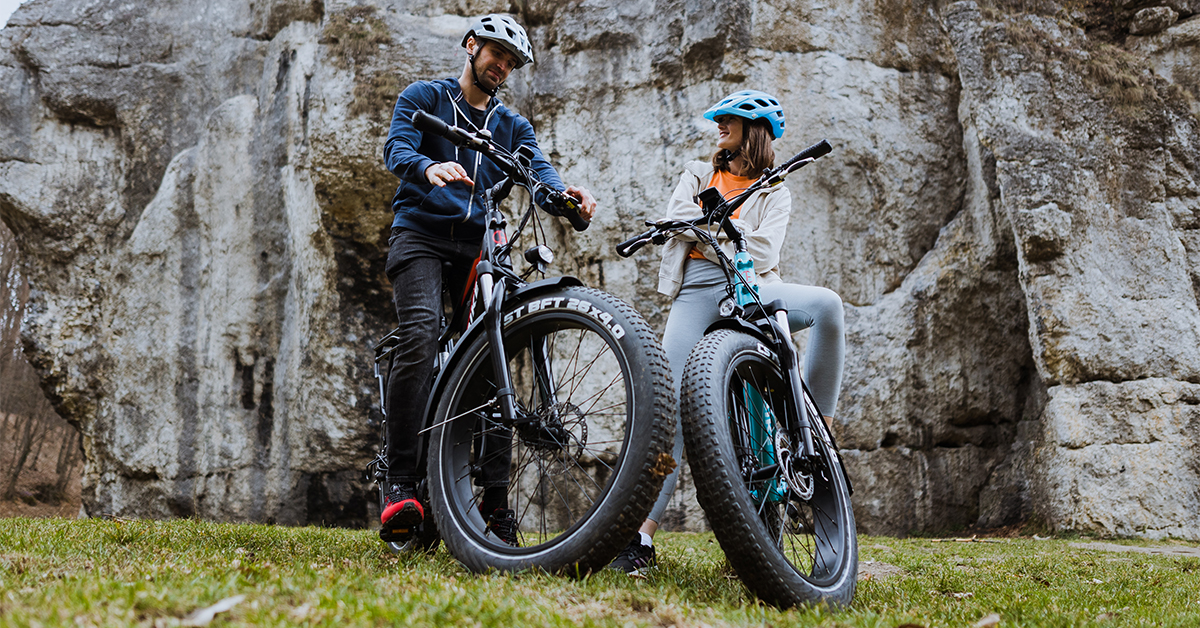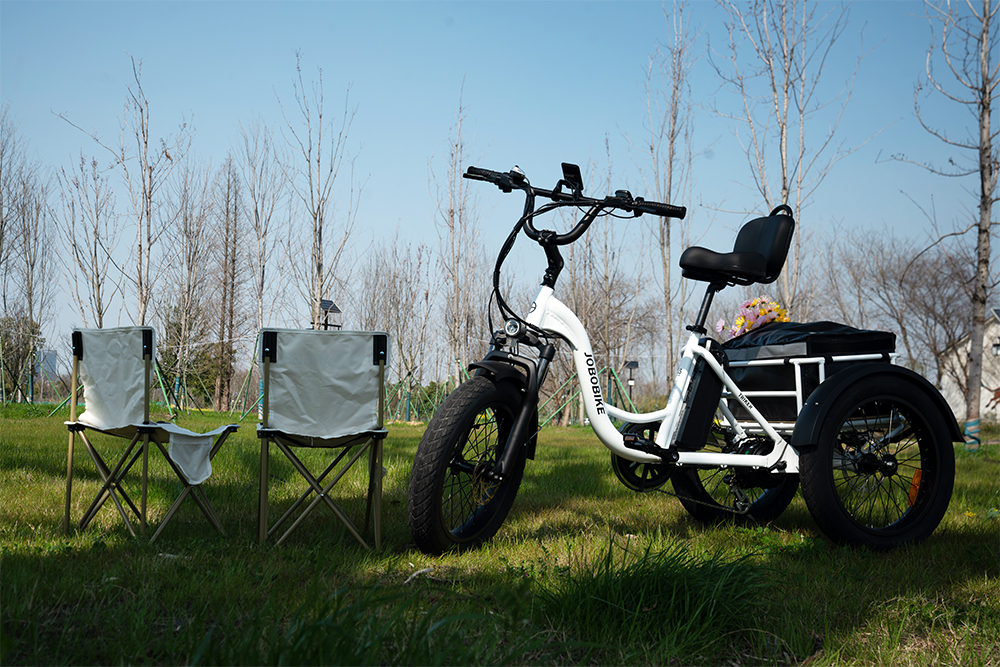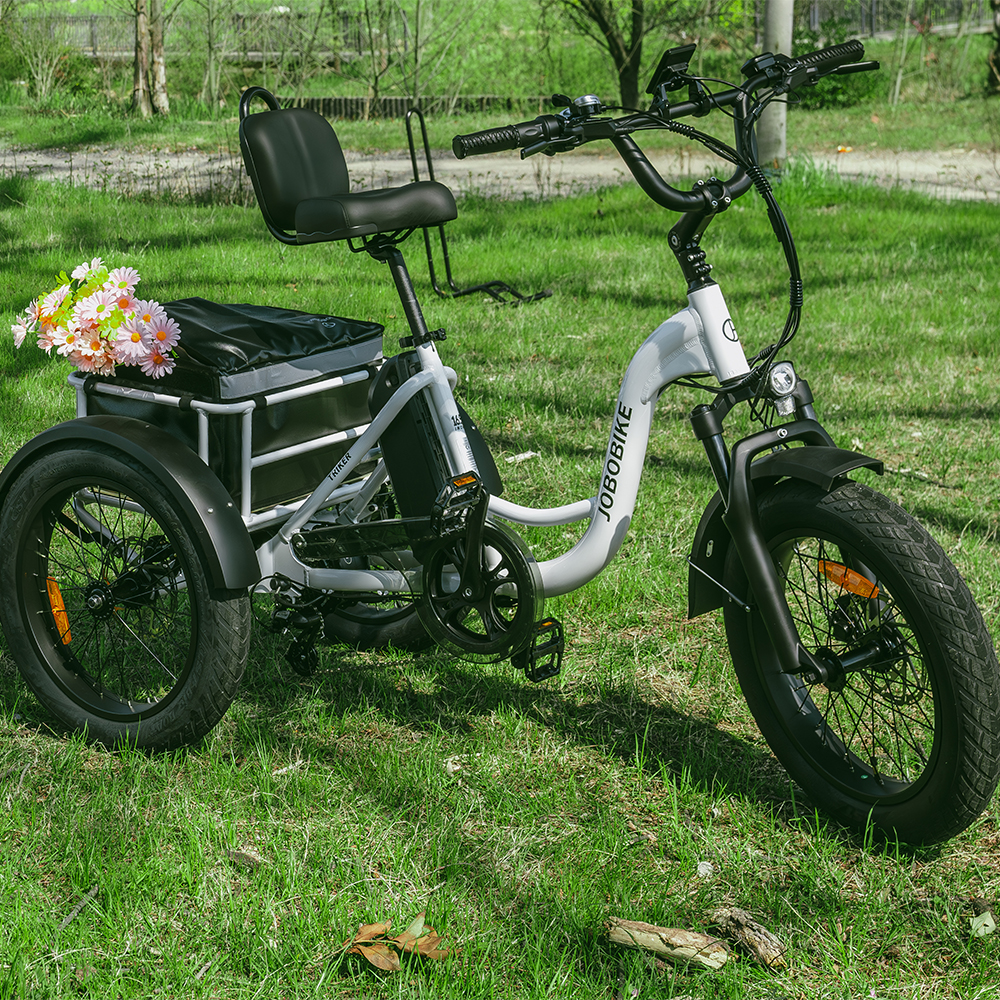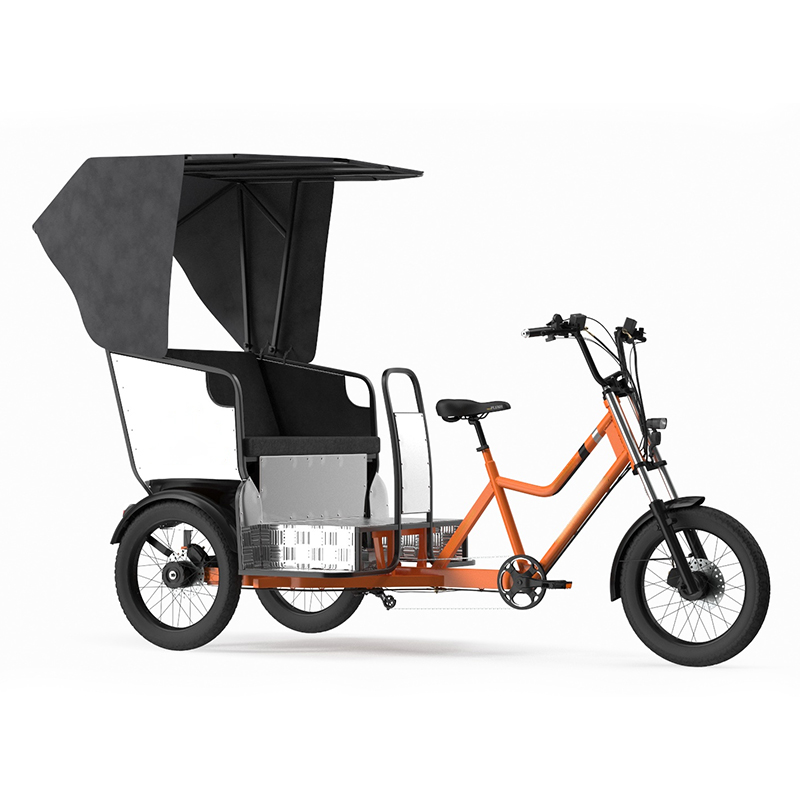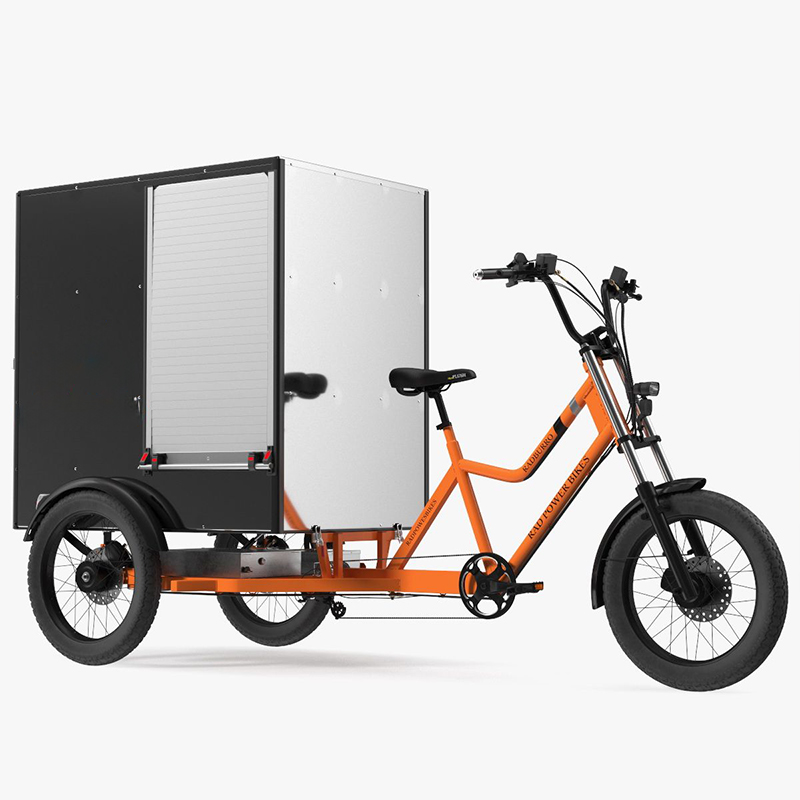Torque Sensor Electric Bike Technology: Enhancing Your Riding Experience
Overview
Torque sensor electric bike technology has revolutionized the way riders experience electric bicycles, offering a more intuitive and responsive ride compared to traditional systems. These sensors measure the force applied to the pedals and adjust motor assistance accordingly, making every journey feel more natural and efficient. As electric bikes continue to gain popularity for their eco-friendly benefits, understanding torque sensors can help riders choose the best option for their needs, such as the innovative JOBOBIKE model that integrates this advanced feature seamlessly into its design.
How Torque Sensors Work in E-Bikes
Core Technical Mechanism
In electric bikes, torque sensors operate by detecting the amount of force a rider exerts on the pedals, which then triggers the electric motor to provide proportional assistance. Unlike cadence sensors that simply respond to pedaling speed, torque sensors offer a more dynamic interaction, ensuring that the bike's motor amplifies the rider's effort in real-time.
Practical Working Example
For instance, when you're climbing a steep hill, the sensor will increase power output based on how hard you're pushing, resulting in a smoother and less strenuous ride. This technology is particularly evident in models like JOBOBIKE, where it enhances stability and control on various terrains.
Technical Advantage Comparison
| Sensor Type | Response Method | Riding Experience | Energy Efficiency |
|---|---|---|---|
| Cadence Sensor | Based on pedal rotation speed | Noticeable assistance, less natural | Relatively higher energy consumption |
| Torque Sensor | Based on applied pedal force | Smooth and natural, like traditional bike | Optimized battery usage efficiency |
By measuring torque directly from the crank or bottom bracket, these sensors provide accurate data that improves overall efficiency and battery life, allowing riders to cover more distance without constant motor engagement.
Key Advantages of Torque Sensors for Electric Bikes
More Natural Riding Feel
One of the primary advantages of torque sensors for electric bikes is the enhanced pedaling sensation, making riding feel more like a traditional bicycle while still providing electric support. This natural assistance reduces fatigue on long rides and enables better control, especially in urban environments or off-road adventures.
Practical Application Scenarios
For example, JOBOBIKE utilizes torque sensors to deliver just the right amount of power, making it ideal for commuters navigating busy streets or adventure enthusiasts exploring trails.
Energy Efficiency and Safety Improvements
-
Extended Battery Life: Activates motor only when needed, enabling longer rides and fewer charges
-
Enhanced Safety: More predictable response to rider input, reducing sudden acceleration risks
-
Adaptive Assistance: Intelligently adjusts output power based on different riding conditions
Electric Mountain Bikes with Torque Sensors
Professional Terrain Adaptation
Electric mountain bikes equipped with torque sensors are designed for riders tackling rugged terrains, offering the perfect blend of human power and electric assistance. These bicycles, such as advanced models from JOBOBIKE, use torque sensors to adapt to varying trail conditions, providing extra boost during climbs and maintaining control during descents.
Detailed Technical Features
The sensors ensure that assistance is directly tied to the rider's effort, which is crucial for mountain biking where precision and responsiveness are paramount. This technology enables better handling on uneven surfaces, as the motor adjusts in real-time to the rider's pedal force, enhancing stability and reducing physical strain on steep inclines.
Mountain Riding Specific Design
Furthermore, electric mountain bikes with torque sensors often feature durable frames and wide tires, like those on JOBOBIKE models, to handle rough paths while conserving energy. Consequently, riders can enjoy extended explorations without experiencing the typical exhaustion associated with mountain biking.
Electric Bike Torque Adjustment Guide
Personalized Settings Explanation
Electric bike torque adjustments allow riders to customize their riding experience by fine-tuning how the sensor responds to pedaling effort. Many modern e-bikes, including JOBOBIKE models, come with settings that enable users to increase or decrease sensitivity, tailoring the assistance level to personal preferences or terrain types.
Practical Adjustment Scenarios
For instance, a higher torque adjustment might be ideal for hilly areas, where more power is needed with less effort, while a lower setting suits flat commutes for a more workout-focused ride. This flexibility not only improves efficiency but also helps achieve optimal battery usage, as riders can match the bike's output to their actual needs.
User-Friendly Adjustment Process
Adjusting torque on electric bikes is typically straightforward via handlebar controls, making it accessible for all users. By experimenting with these adjustments, riders can maximize comfort and performance, transforming every trip into a personalized adventure.
Internal Linking Recommendations:
-
Learn more about JOBOBIKE's electric bike series
-
Discover maintenance tips for torque sensors
